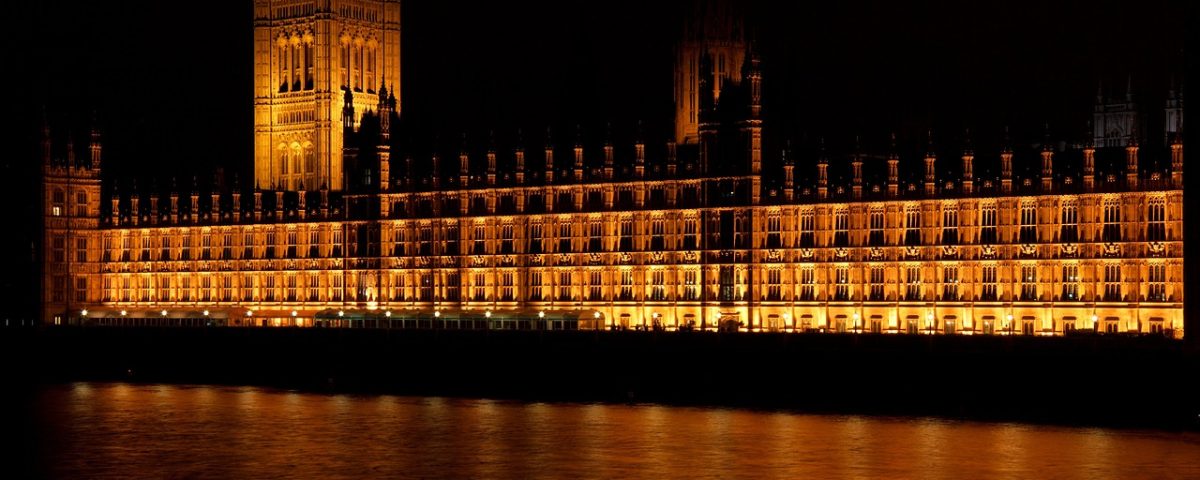In the 17th century, communications across Great Britain were not quite as speedy as they are nowadays. Consequently, when, in 1605, Guy Fawkes and his co-conspirators tried to blow up King James VI/I of Scotland and England in the Houses of Parliament in London, the authorities sought to find and capture all those involved, no matter where in the kingdom they had fled.
One of those involved in the “Gunpowder Plot” was Thomas Percy, who was actually a member of an elite group of noblemen (and others) who were bodyguards to the King. This fact on its own made his treason even more shocking to the authorities of the day and consequently they made strenuous efforts to track him down.
These included sending what we would call “Wanted Posters” to major cities, including Aberdeen. The City Council still has this document in its archive and it makes for fascinating reading.
Percy is described as a “Gentleman Pensioner to His Majesty” (i.e. one of the bodyguard) who “…is discovered to have been privy to one of the most horrible Treasons that ever was contrived, that is, to have blown up this day, while his Majesty should have been in the upper house of the Parliament, attended with the Queen, the Prince, all his Nobilitie and the Commons, with Gunpowder (for which purpose a great quantity of powder was conveyed into a Vault under the said Chamber where they should be assembled…”
The document goes on to describe Percy as “a tall man, with a great broad beard, a good face, the colour of his beard and head mingled with white hairs, but the head more white than the beard, he stoupeth somewhat in the shoulders, well coloured in the face, long footed and small legged.'”
Even had he wanted to get as far as Aberdeen, Percy had little chance. He fled to the English Midlands, meeting with the leader of the Gunpowder Plot, Robert Catesby, along with other co-conspirators. However, their whereabouts was discovered and they were shot during a siege at Holbeche House in Staffordshire. Their bodies were later exhumed and transported to London where their heads were displayed outside parliament as a warning to others. In some respects, they got off lightly. Fawkes and others were hung, drawn and quartered… They didn’t mess about in the 17th century!
Julie Skinner, Resourcing and Benefits Specialist, RGU

